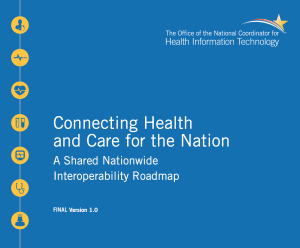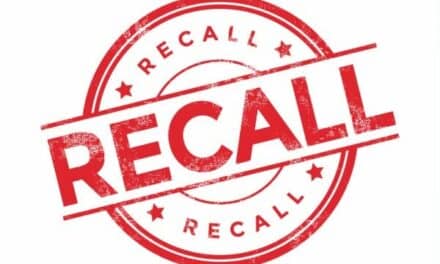 The Office of the National Coordinator for Health Information Technology (ONC) has released its interoperability roadmap, outlining steps to improve the seamless exchange of health information and patient care. Connecting Health and Care for the Nation: A Shared Nationwide Interoperability Roadmap incorporates feedback gathered from more than 250 organizations and articulates a number of milestones that need to be accomplished by 2017.
The Office of the National Coordinator for Health Information Technology (ONC) has released its interoperability roadmap, outlining steps to improve the seamless exchange of health information and patient care. Connecting Health and Care for the Nation: A Shared Nationwide Interoperability Roadmap incorporates feedback gathered from more than 250 organizations and articulates a number of milestones that need to be accomplished by 2017.
According to Karen B. DeSalvo, national coordinator for health information technology, meeting these benchmarks requires public and private stakeholders to do “more than just address our policies and technical approaches to achieve real, meaningful, seamless interoperability—we will need to change our culture.”
In her opening letter to the document, DeSalvo outlines the organization’s three-part goal for interoperability moving forward: “We are committed to helping consumers easily and securely access their electronic health information when and where they need it most; to enabling individual health information to be shared with other providers and refrain from information blocking; and to implementing federally recognized, national interoperability standards and policies so that we are no longer competing between standards, but rather innovating on a set of core standards.”
While the use of electronic medical records continues to rise, the healthcare industry is still a long way from providing “every person with a long-term, digital picture of their health over their lifespan,” DeSalvo writes. Full interoperability will also require access to “information from many different sources (including technologies that individuals use).”
The report outlines three key milestones over the next 9 years to advance the cause of interoperability. These goals are:
- 2015–2017: Send, receive, find, and use priority data domains to improve health care quality and outcomes.
- 2018–2020: Expand data sources and users in the interoperable health IT ecosystem to improve health and lower costs.
- 2021–2024: Achieve nationwide interoperability to enable a learning health system, with the person at the center of a system that can continuously improve care, public health, and science through real-time data access.
The full report is available at Connecting Health and Care for the Nation: A Shared Nationwide Interoperability Roadmap.






Note that interoperability as used here means EHRs exchanging/providing data between them. This is quite different from what many in CE/BME/HTM have been engaged in which is medical devices communicating with the in-house EHR and/or other third party integrators. Medical devices communicating with each other, and using automated control schemes has also been discussed with very limited implementation.